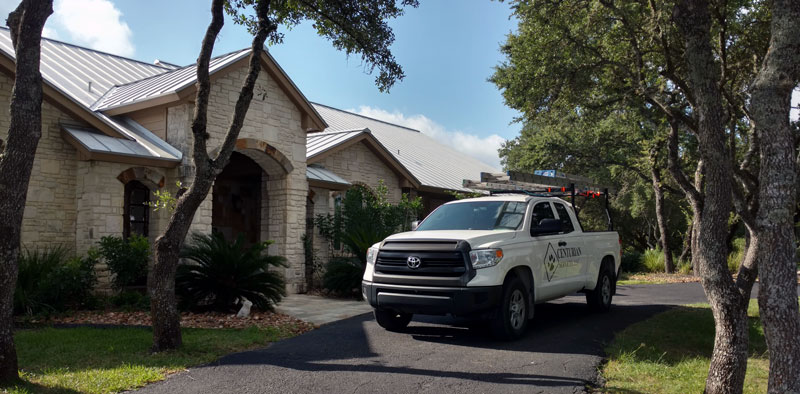Skunks are mild-mannered animals famously known for their horrible-smelling sulfuric liquid that essentially functions as a defense mechanism against predators. They remain in hiding in the daytime and search for food at night and they're also solitary.
Striped skunks are indigenous to North America but may be seen also in the northern parts of Canada. The seen and hog-nosed skunks are domiciled further south, especially in Canada, Central America and North America. Stink badgers, as a few recent studies suggest, can only be viewed in Southeast Asia, particularly in certain areas in Philippines, Malaysia and Indonesia.
Where do they live? Sometimes, they dig the burrow themselves with their sharp and strong claws. At other times, skunks may take over abandoned dens made by other animals like the woodchuck or fox, and then make their own nests within it. The typical skunk den has many entrances (approximately four). They also live in open lands, clearings, pastures, bordering woods and in prairies. Skunks occasionally look for succor in thickets and pine needles usually near water bodies.
Skunks in rural, urban and wild areas: They're calm and tolerant creatures. A skunk won't spray you unless it feels threatened. They don't appear to discriminate between rural, urban and wild surroundings, but can live anywhere provided there is nearby and easy access to water supply. Normally, skunks don't travel beyond 1 to 2 miles away from their den except during their breeding season when they may go farther.
Skunks will nest in almost any place where food is available for the taking. This explains why they flourish around human residential areas. To sum up, water supply, food and shelter are important factors of where a skunk will live, whether rural, urban or wild.